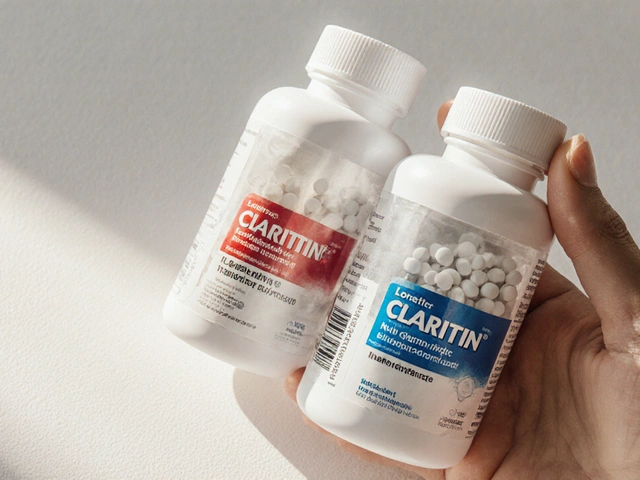Indinavir: what it is and what to watch for
Indinavir is an older HIV protease inhibitor that helped many people control HIV viral load. You might see it listed when learning about HIV drugs or reading older treatment guides. These days there are newer options, but indinavir still matters if you encounter it in medical records, pharmacies, or research.
How it works and typical use
Indinavir blocks an HIV enzyme called protease, which the virus needs to make new infectious particles. By stopping that step, it lowers the amount of virus in the blood. Historically, a common adult regimen was 800 mg every 8 hours; some doctors used a boosted schedule with ritonavir to cut dosing frequency. Exact dosing and whether it fits your situation depends on your doctor, current guidelines, and other meds you take.
Side effects, monitoring and simple safety tips
Some side effects you’ll hear about a lot with indinavir are kidney stones, high bilirubin, changes in blood sugar and body fat distribution. Kidney stones are one of the most practical problems — they can be painful and may require treatment. Drink plenty of water every day (aim to keep urine pale) while taking indinavir to lower that risk. If you get sudden flank pain or blood in the urine, call your provider.
Your provider will usually check liver and kidney function, blood glucose and lipids while you’re on this drug. Tell them about any history of kidney disease, gallstones, diabetes, or liver problems. If you have new symptoms like persistent nausea, yellowing skin or eyes, severe fatigue, or muscle aches, report them right away.
Drug interactions are common. Indinavir is processed by liver enzymes that handle many other drugs, so it can raise or lower levels of other medicines. Don’t start or stop medicines — including herbal products like St. John's wort — without checking with your clinician or pharmacist. Certain statins, rifampin, and some heart or psychiatric drugs can be a bad mix with indinavir.
Contraception and pregnancy: hormonal birth control can interact with protease inhibitors. If pregnancy is possible, talk to your clinician about reliable contraception and safer treatment choices during pregnancy.
Why you might not see it often now: newer HIV drugs tend to be more effective, easier to take, and kinder on the kidneys. Still, indinavir can appear in older prescriptions or specific situations, so it helps to know the basics.
Practical checklist if you or a loved one is prescribed indinavir:
- Keep well hydrated every day to reduce kidney stone risk.
- Tell your clinician about all meds and supplements you take.
- Get regular blood tests for liver, kidney, glucose and lipids.
- Report severe abdominal or flank pain, dark urine, jaundice, or extreme fatigue.
- Discuss pregnancy plans and contraception with your provider.
If you're unsure whether indinavir is the right drug for you, ask for a quick review with your HIV care team. They can compare options, adjust dosing, and set up the right monitoring so you stay safe and get the best viral control possible.
Georgea Michelle, Jun, 2 2023
Indinavir and the Importance of Early Detection and Treatment of HIV/AIDS
As a blogger, I cannot stress enough the importance of early detection and treatment of HIV/AIDS. One powerful weapon in our arsenal is Indinavir, a potent protease inhibitor that helps prevent the virus from reproducing. When used in combination with other antiretroviral drugs, it can significantly improve the health and lifespan of those living with HIV/AIDS. Early detection and intervention give patients the best chance to manage their condition and lead fulfilling lives. So, let's continue to raise awareness and encourage regular testing to ensure that everyone has the opportunity to benefit from treatments like Indinavir.
View More





